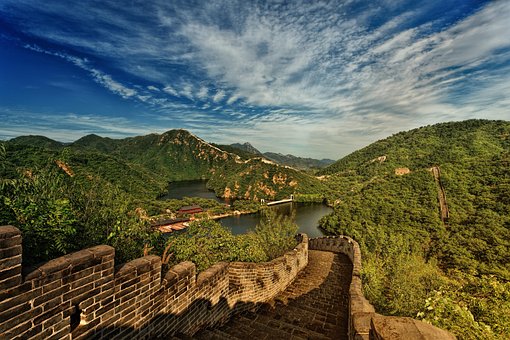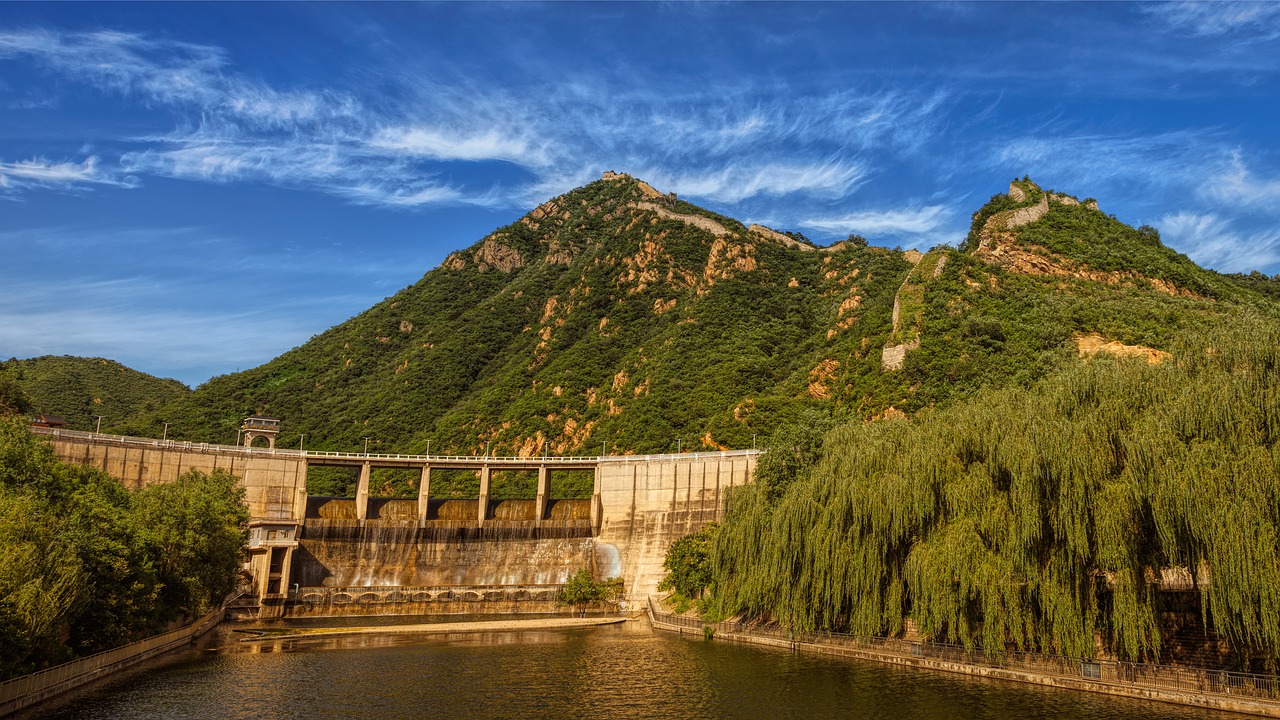 Pollution is growing at an almost uncontrollable rate. Three million people die each year with respiratory problems, according to data from the World Health Organization. It is more than possible to realize that air quality is getting worse due to the amount of greenhouse gases emitted in our daily lives. 15.3 million trees are felled and eight million plastic waste reaches the seas annually. This reflects studies from journals such as Science or Nature. We are walking together towards the same destiny, which is apparently more dystopian than utopian. However, there are other people, who are also walking together, but towards change. A huge wall is being built on the African continent to help save the planet’s life. The severe crisis on the continent in 2004, as a result of climate change, managed to mobilize more than 20 countries. International organizations and research institutes were also added to collaborate on the project of the great green wall located in Africa.
Pollution is growing at an almost uncontrollable rate. Three million people die each year with respiratory problems, according to data from the World Health Organization. It is more than possible to realize that air quality is getting worse due to the amount of greenhouse gases emitted in our daily lives. 15.3 million trees are felled and eight million plastic waste reaches the seas annually. This reflects studies from journals such as Science or Nature. We are walking together towards the same destiny, which is apparently more dystopian than utopian. However, there are other people, who are also walking together, but towards change. A huge wall is being built on the African continent to help save the planet’s life. The severe crisis on the continent in 2004, as a result of climate change, managed to mobilize more than 20 countries. International organizations and research institutes were also added to collaborate on the project of the great green wall located in Africa.
The goal is to plant millions of trees around the Sahara desert to reverse the chaotic scenario surrounding climate change. The project was launched in 2007 after being approved by the “African Union” (international organization) and the results are surprising. However, the proposal is much older. In 1952, more specifically, this was already being talked about.
Results achieved
 The idea was to build a wall of trees almost 8,000 kilometers long and 15 kilometers wide between Senegal and Djibouti. After a decade of work, the results are already being seen. Even more in countries directly involved in this initiative, such as Senegal. Approximately 15% of the total trees have been planted since then. As such, the great green wall located in Africa is very close to becoming a reality.
The idea was to build a wall of trees almost 8,000 kilometers long and 15 kilometers wide between Senegal and Djibouti. After a decade of work, the results are already being seen. Even more in countries directly involved in this initiative, such as Senegal. Approximately 15% of the total trees have been planted since then. As such, the great green wall located in Africa is very close to becoming a reality.
With an investment of around 7,000 million euros (31 billion reais), the mission of the Great Green Wall of Africa is twofold. First, to mitigate the effects of climate change. Second, to prevent the desertification of lands on which the survival of countless local farmers depends.
The millions of trees that have been planted belong to native species such as the desert tree and the plum tree. And none of this was by chance. The choice lies in the fact that these trees adapt to the region’s climate, specifically the acacias. All, to some extent, are drought resistant.
Contrary arguments
Skeptics criticize the treatment the Sahara is receiving. They believe the issue is being treated like a disease when in reality it is a natural process. According to studies, “ wooded walls ” are counterproductive to development goals. Even because, according to some experts, it only works on the perimeter of the area and not on the real problem. To increase food security and support local communities, they should “create large areas of cultivation rather than narrow areas” like the wall.
According to UN data, however, at least 500 million Africans will see their quality of life deteriorated due to global warming. In addition, around 60 million people will have to leave their homes because of the desertification of the Sahara and the Sahel. The problem is real, current and needs immediate resolution. In this way, the project of the great green wall located in Africa will continue, considering that the livelihood of all those millions of people around the “wall” depends on it.
